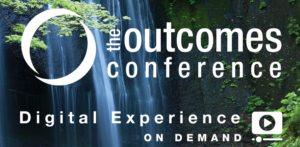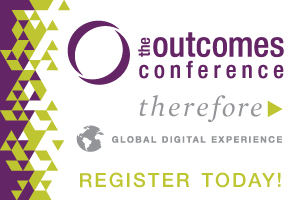
Inflating Generosity by Ron Frey
Inflating Generosity and It’s Impact on Giving
I’ve got a secret. I am a billionaire, and you can be too. Here is the proof: a twenty-billion-dollar bill from the Reserve Bank of Zimbabwe.
Now, because of Zimbabwe’s economic failure, this bill is not worth the paper it is printed on. It does, however, illustrate a problem your organization may be experiencing right now in our own economy: inflation.
Back in 2009, in Zimbabwe, a bill like this would buy about three eggs. And the price of those eggs was rising at 98 percent a day, which would mean you would have to pay almost $40 billion for those three eggs tomorrow. That’s an expensive omelet!
According to the US Bureau of Labor Statistics, inflation was up 5 percent over the past year. So despite the 5 percent increase in overall charitable giving in 2020 (according to Giving USA), the purchasing power of your increased donations is basically flat. And if you face a capital campaign, the value of your donations could actually be falling behind.
One of my clients is a youth camp that has been planning to remodel their main lodge. In 2019, we estimated the cost of the remodel to be $682,000, but in 2020, the cost estimate jumped to $800,000. But in early 2021, the costs of lumber and labor combined to make the remodeling costs more than $1.0 million, nearly 50 percent more!
Labor costs will also affect costs at every level of the organization from the CEO to the support staff. If a $15.00/hour minimum wage is not yet the law of the land, it will soon be due to the law of supply and demand. You’ll simply have to pay more for your people.
Gradual inflation is a reality every year, but a sudden surge in the prices of everything means that most nonprofits will either need to make budget cuts in “nonessential” areas or raise a lot more from donors. But it’s been said, “You cannot grow an organization based on budget cuts!” So, I prefer to raise more money, and I am optimistic this will happen for three reasons:
If inflation is driving the price of things up, the giving capacity of donors will eventually also go up.
When I started in fundraising 38 years ago, the average gift to the organizations I worked for was around $30. Today’s average gifts range around $100 to $150, but for some of my clients, the average gift size is as high as $500. If we have “price inflation” on the goods we need, we’ll need “giving inflation” for the charitable services that our society needs.
Charities are going to need to ask their donors to increase their generosity. But this is not an unrealistic request. Fortunately, it seems that we are experiencing a robust economic recovery. Inflation means that people’s wealth is going up too – home equities are higher, stocks are rising in value, and wages will increase as well. Many donors will have the capacity to inflate their generosity, not give less.
Inflation never stopped a worthy project from being fully funded when someone possessed the leadership and faith to accomplish it.
Inflation should not prevent your ministry from reaching your financial goals or pursuing a worthy vision now. Rather than delay capital projects, defer ministry opportunities, or hold back and wait for a better time, we should press forward in faith that God’s provision is bigger than our economic conditions.
It’s been said, “The best time to plant a tree is 20 years ago. The next best time is now.” If you have a project that needs greater funding, go for it. As leaders, we cannot let inflation deflate our trust in God’s provision.
It’s a good time to remind donors that their cash is not where their real treasure is.
Before the economic crash of 2008, I knew a lot of people who wanted to hold on to their money. They liked the feeling of having money in the bank, only to lose it as the stock market and housing markets crashed.
But those who gave invested it in making a difference in the lives of people. They maximized their money by giving to the things that really mattered, and I do not know of anyone who felt that their generosity caused them economic loss. In fact, to them, it was “laying up treasure for themselves as a firm foundation for the coming age, so that they may take hold of the life that is truly life” (I Timothy 6:19).
Donors need to be reminded that our money is only a temporal means of economic exchange. The greater investment is the transformational impact their gifts can have on people’s lives through your ministry. And there is no price you can put on that!
####
Ron Frey is president of Frey Resource Group, a strategic and creative consulting firm that helps non-profit organizations inspire joyful generosity and achieve extraordinary success in fundraising. He has trained and consulted with hundreds of organizations on branding, donor communications, major gifts, foundation grants and capital campaign.

Unlock 57 learning experiences through the Outcomes Conference Digital Experience.
Available for all Christian Leadership Alliance members – July 1-31, 2021.
REGISTER TODAY!

What is Christian Leadership Alliance?
Christian Leadership Alliance equips and unites leaders to transform the world for Christ. We are the leaders of Christ-centered organizations who are dedicated to faithful stewardship for greater kingdom impact.
Sign up for FREE blog updates.
Upcoming Events
Check back later!



